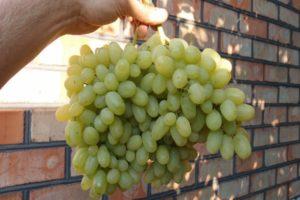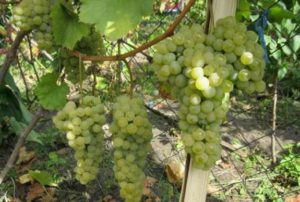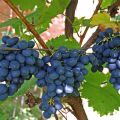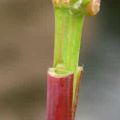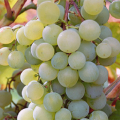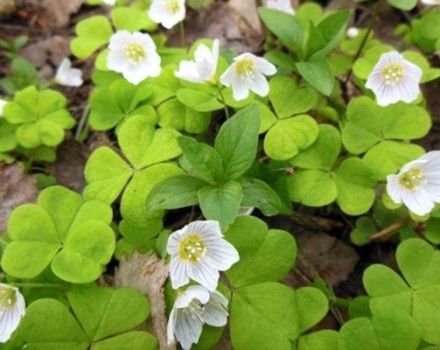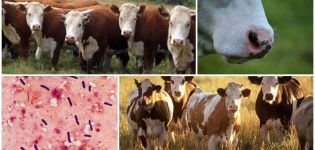Description and characteristics of Merlot grapes, its advantages and disadvantages
The choice of Merlot grapes is natural for domestic winemakers. It is not as capricious as other well-known varieties. Decent wine is obtained from it, even in not ideal climatic conditions of a large number of regions of our country. But, like every technical grape variety, it has its own characteristics, which are strictly taken into account. Otherwise, you can't wait for the harvest from it.
Variety history
For the first time, a grape variety called "Merlot" was mentioned at the very end of the 18th century, in the notes of an official from the Bordeaux wine region. The name itself comes from the local name of the blackbird - this bird is very fond of the berries of this variety.
The history of the origin of the cultivar has not yet been fully clarified. It is known for sure that among the ancestors there was another famous French variety - Cabernet Franc. This, in turn, makes Merlot a relative of the popular technical variety, Cabernet Sauvignon.
Description of Merlot grapes
The standard description of Merlot grapes, like any other, includes information about the height of the bush, flowers, bunches and ripening time.
So, merlot is capable of boasting the following characteristics:
- vigorous bush, with vines of moderate length;
- capable of self-pollination, due to the presence of flowers of both sexes;
- clusters are large, cylindrical, weighing up to 150 grams;
- berries - bluish black;
- the number of grains in the berry - 2-3;
- sugar content - 22 grams per 100 cubic centimeters.
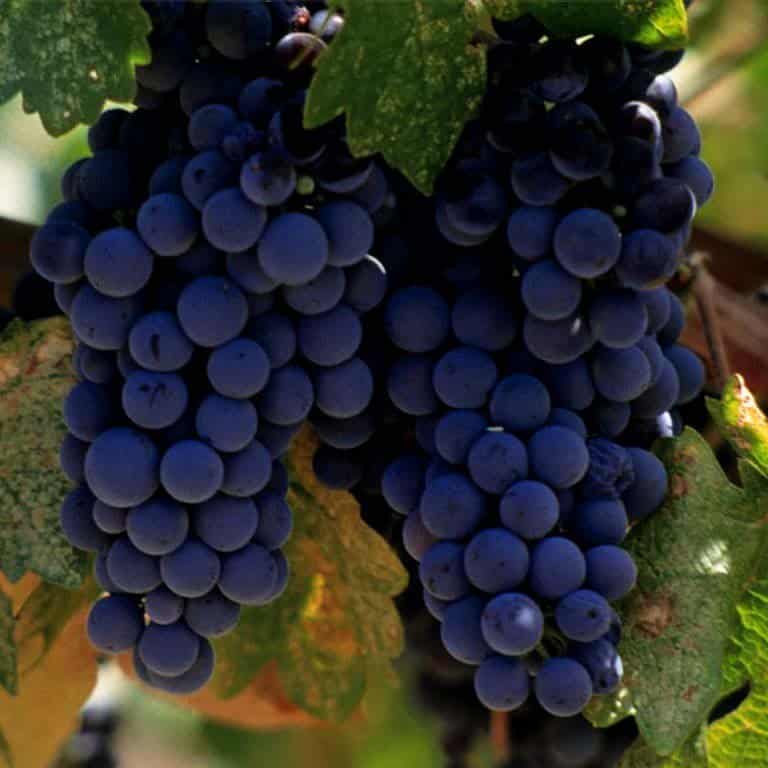
Thanks to these characteristics, the variety is easily recognized among other crops.
What are the advantages and disadvantages?
This grape has a number of advantages that have made it a favorite raw material for winemakers. At the same time, it is worth remembering that this is not a canteen, but a technical culture. It is not eaten in bunches, but only made into wine.
The main advantages of Merlot include:
- rapid maturation;
- accumulation of sugar by October;
- easily tolerates droughts;
- not afraid of average frost;
- not susceptible to the scourge of vineyards - mildew;
- Merlot wine has a rich bouquet.

At the same time, this does not mean at all that this variety is devoid of flaws (and this is not about the taste preferences of wine lovers). Like any culture, Merlot has a number of negative qualities:
- easily affected by powdery mildew (powdery mildew);
- prone to peas.
Like all industrial grape crops, it is highly dependent on terroir.
Features and characteristics
Characterization of Merlot should take into account a number of features, knowledge of which will help potential winemakers decide whether to grow this variety.In particular, these characteristics include the maturation period.
To obtain dry table wines, grapes must be ripened within 152 days. And for dessert wines, this period is increased by another two weeks.
This means that, under favorable conditions, the crop is harvested in September or October. In the conditions of Russia - this is done in the climate of the Voronezh, Rostov regions and further south.
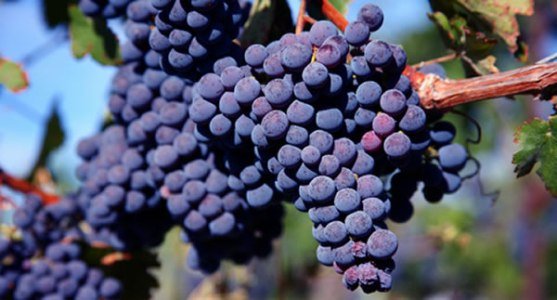
The sugar content in fruits is strongly influenced by the amount of precipitation - the less there is, the sweeter the berries.
Planting tips
Like other grape varieties, Merlot is propagated by cuttings. The latter are planted in a sunny place, preferably on the south side, if the climate is frosty. The site is chosen taking into account the fact that the culture will grow on it for several decades, at least. They are planted in well-drained, loose soil, with an acidity level of about 7. The soil is used that is not rich in trace elements and nutrients.
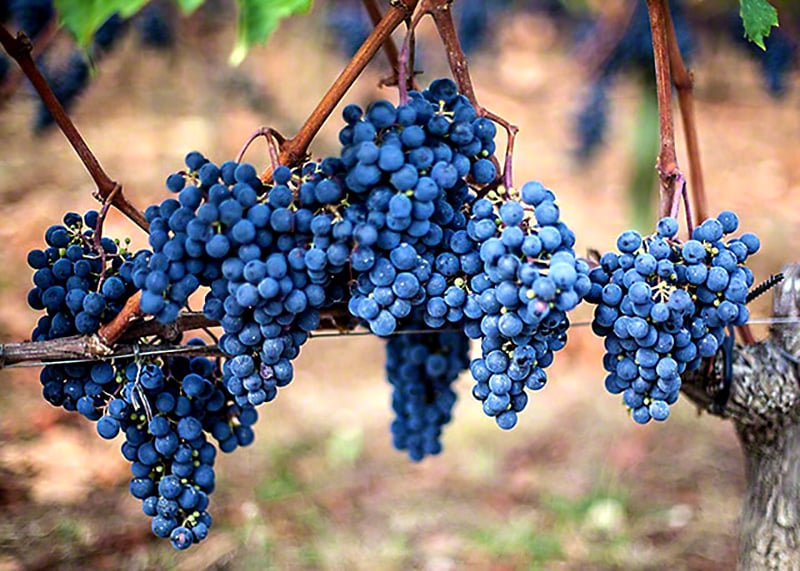
Care rules
Caring for technical grape varieties is not difficult. All that is required is to loosen the soil in time, remove weeds, prevent diseases and pests, and, of course, water. Merlot is watered in the evening when the sun sets over the horizon. For this, water is poured into special drainage holes. As for loosening the soil, this is done every couple of weeks.
Disease resistance
Merlot belongs to varieties that are distinguished by high resistance to grape diseases and pests. It copes well with mildew-like fungal diseases. Rotting berries are not afraid of him either. At the same time, it is highly susceptible to powdery mildew. It often infects the plant in wet years with not very high temperatures.
Conclusion
Merlot is not in vain considered a favorite of winemakers. Resistant to disease and weather conditions, it is, at the same time, able to become the raw material for a wine rich in aromas and taste. The timing of its ripening is one of the earliest - only 152 days. And in dry years, it is also rich in sugar. Of course, there are no problems, but they are easily solvable.
